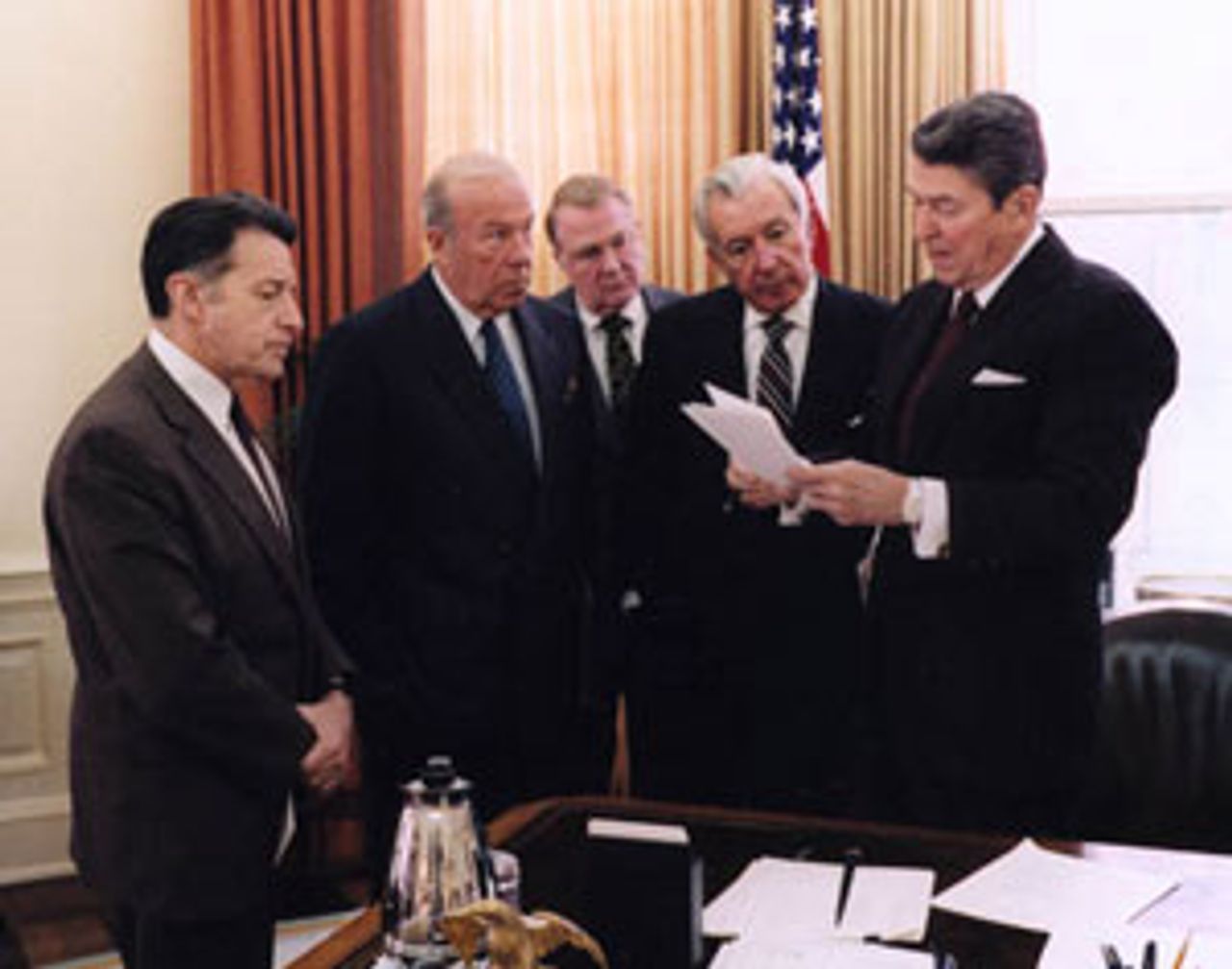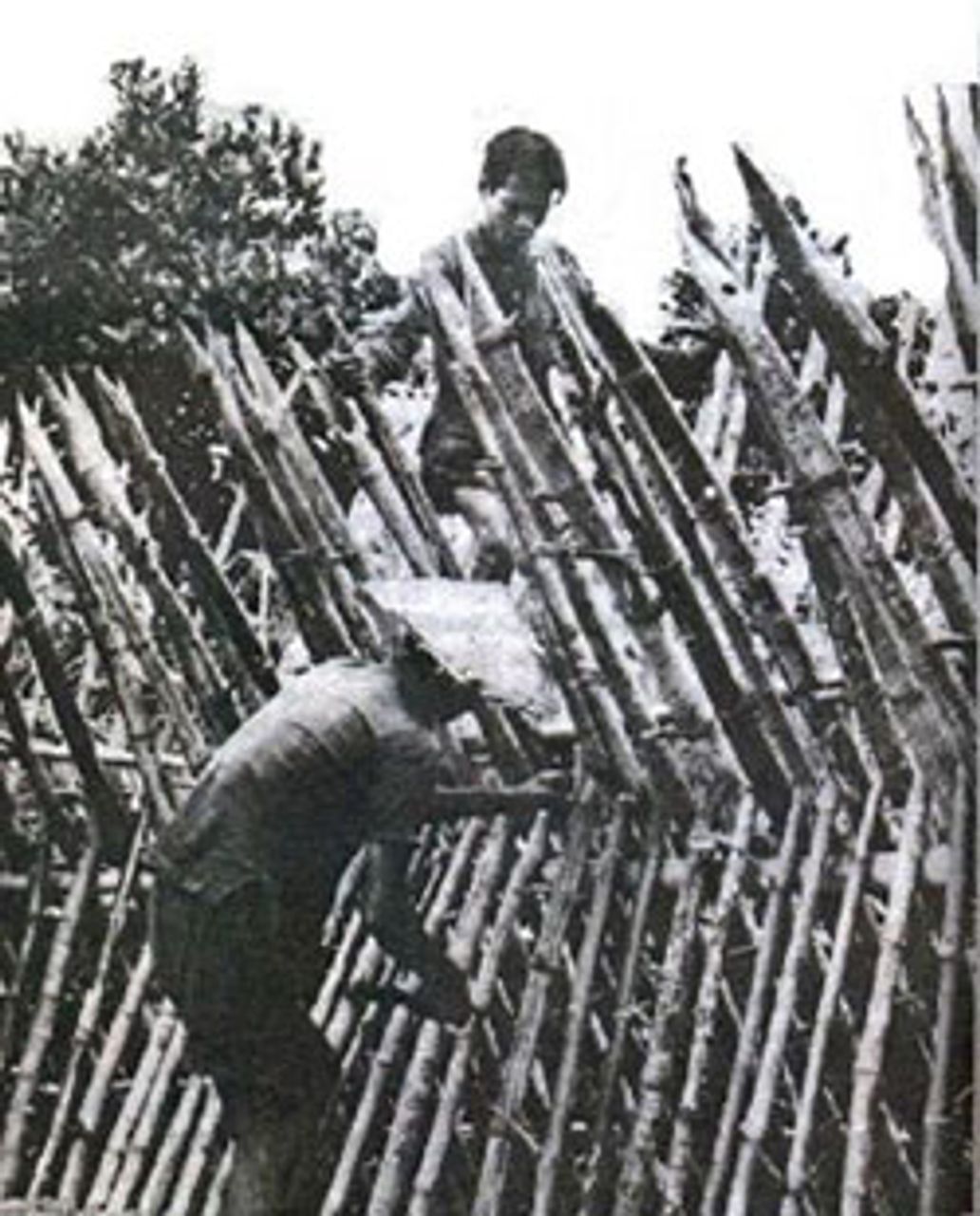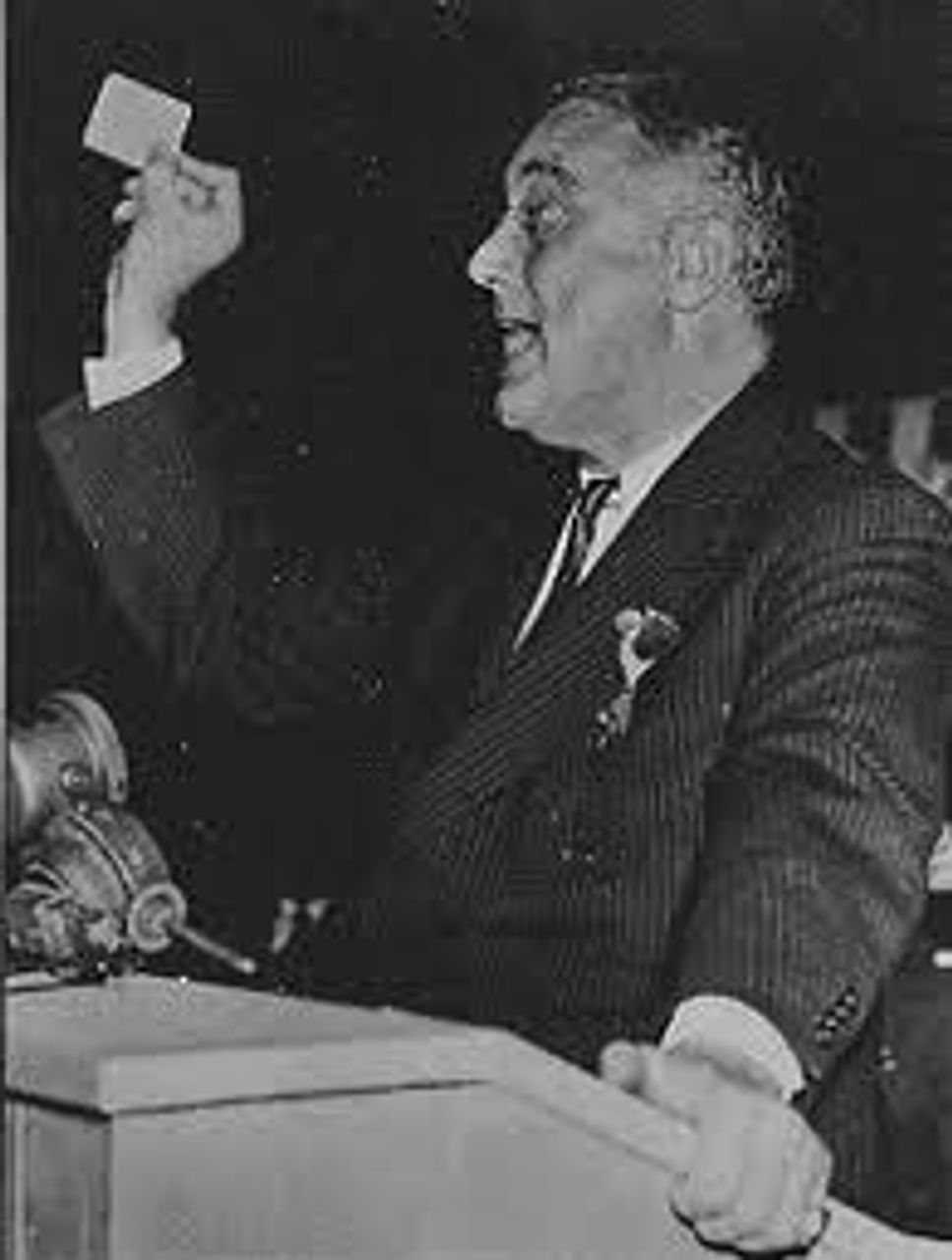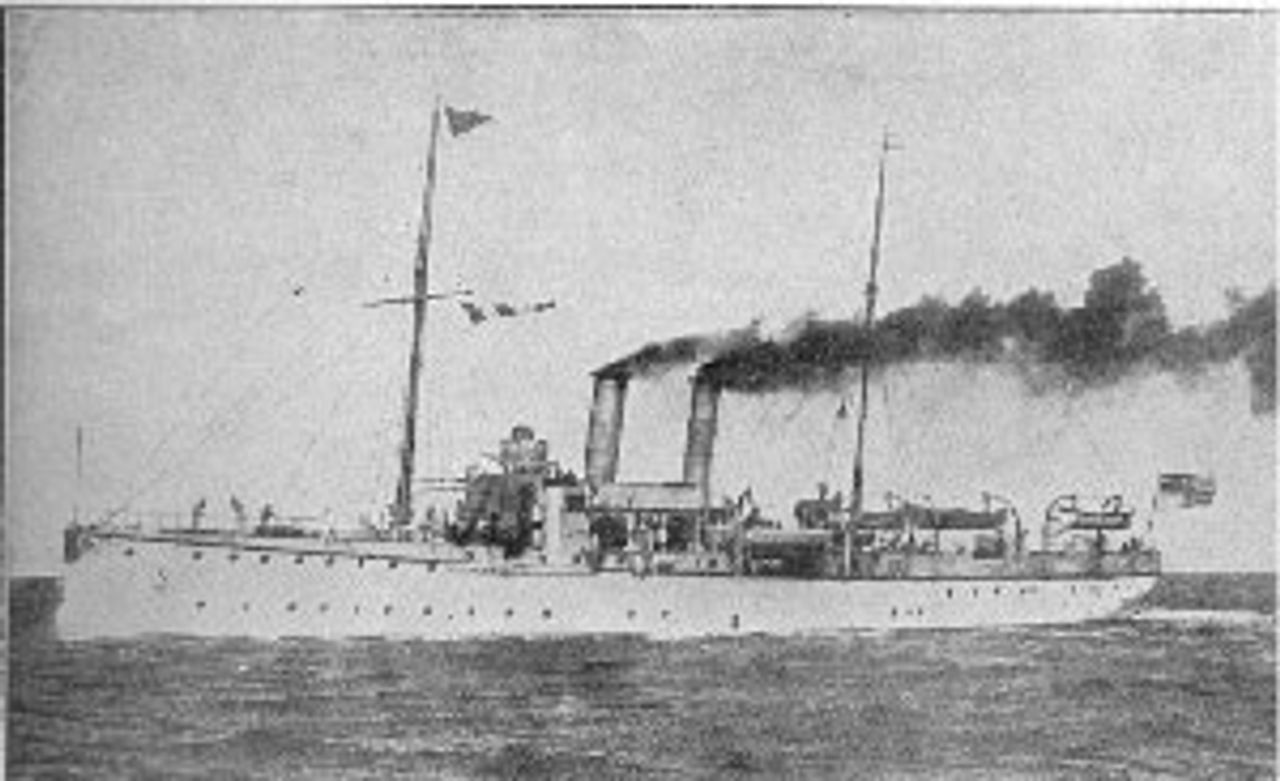This Week in History provides brief synopses of important historical events whose anniversaries fall this week.
25 Years Ago | 50 Years Ago | 75 Years Ago | 100 Years Ago
25 years ago: Reports reveal US shipped arms to Iran
 Reagan meeting with aides to discuss Iran-Contra
Reagan meeting with aides to discuss Iran-Contraexposure
This week in 1986 reports emerged that officials in the Reagan administration were involved in the covert shipping of arms to the Islamic Republic of Iran under Ayatollah Khomeini, a regime then embroiled in the seventh year of brutal war with Saddam Hussein’s Iraq.
The clandestine operation, a violation of an arms and trade embargo on Iran, was first exposed on November 3 by the Lebanese news magazine Ash Shiraa, which revealed that National Security Advisor Robert McFarlane had been in Teheran negotiating a deal to trade arms for the release of US hostages held by Iranian-backed Shiite militants in Lebanon.
On November 6, the New York Times reported that the National Security Council, operating out of the White House, was organizing the secret transfer of arms to Iran, that Israel was involved in the arms shipments, that the trade had been going on for one-and-a-half years, and that centrally involved was “Lt. Col. Oliver North, a specialist in counterinsurgency.”
The Times report, it would later become clear, was a snow job. The story, based on interviews with anonymous intelligence officials, asserted that only military parts were sent to Iran, and that the purpose was to secure Iranian support for the release of US hostages being held in Lebanon. In reality the shipments included Hawk and TOW missiles, and a central goal of the sales was to generate funds to arm the Contras, who were in the seventh year of a dirty war aimed at toppling the Sandinista government in Nicaragua.
The arms shipments to Nicaragua, also a violation of US law under the Boland Amendment, were first exposed after the October 5, 1986, shooting down of CIA-operated plane carrying arms to the Contras over southern Nicaragua. The sole survivor, Eugene Hasenfus, had admitted that the plane was part of a large-scale operation to supply weapons to the Contras.
50 years ago: Kennedy steps up US Vietnam intervention
 A "Strategic Hamlet" in South Vietnam
A "Strategic Hamlet" in South VietnamOn November 3, 1961, US General Maxwell Taylor returned from a fact-finding mission in South Vietnam with the recommendation that the US commit thousands of combat troops to defend the regime of Ngo Dinh Diem, which was failing to contain a the popular insurgency by the “Viet Cong” (as Diem called the National Front for the Liberation of South Vietnam) who promised land reform and reunion of the South with the North Vietnam of Ho Chi Minh.
US President John F. Kennedy did not publicly comment on Taylor’s proposal, but he had already begun a counter-insurgency campaign led by US Green Beret special forces and had accepted the proposal of another 1961 fact-finding mission to create “strategic hamlets” in the countryside, which involved the forced relocation of South Vietnamese peasants. After yet another fact-finding mission that year, Vice President Lyndon Johnson had hailed the corrupt dictator Diem as “the Winston Churchill of Asia.”
On May 11, 1961, the Kennedy administration had authored National Security Action Memorandum 52, or “The Presidential Program for Vietnam,” which stated, “US objectives and concept of operations [are] to prevent communist domination of South Vietnam… and to initiate, on an accelerated basis, a series of mutually supporting actions of a military, political, economic, psychological, and covert character designed to achieve this objective.”
Kennedy’s move toward deepening the US involvement was based in the most immediate sense on the Diem regime’s failure to cope with the rebellion, a fact underscored on November 2, when three battalions of South Vietnamese government troops were ambushed by a large rebel force only 35 miles north of the capital, Saigon, suffering 50 casualties in the resulting firefight.
But Washington’s concerns were far broader than Vietnam. That summer Kennedy had told a reporter “we have a problem in making our power credible... and Vietnam looks like the place” to make a demonstration to the contrary.
75 years ago: Roosevelt landslide victory amidst wildcat strike of seamen
 Roosevelt campaigning in 1936
Roosevelt campaigning in 1936Democratic President Franklin Delano Roosevelt was re-elected in a landslide election on November 3, 1936. In one of the most one-sided presidential elections in American history, Roosevelt took all but two states, Vermont and Maine, against Republican candidate Alf Landon.
Roosevelt had adopted a reformist agenda that included collaboration with the trade union bureaucracies and the Communist Party as a means of saving capitalism and containing the mass movement of the American working class, which had erupted in general strikes in 1934. The danger facing the US ruling class was underscored the very day of Roosevelt’s election victory, which saw the eruption of a wildcat strike of some 75,000 seamen on both coasts in defiance of the International Seamen’s Union (ISU).
By November 2, an unofficial strike had spread to all ports on the Pacific and Atlantic seaboards. As American voters went to the polls, postal authorities anxiously planned to switch overseas mail transport to the military transport or foreign shipping. Ship owners requested so-called “safety crews” comprised of navy reservists to act as scabs and break the strike. The mayor of San Francisco declared a state of emergency and the mayor of Philadelphia declared the strike illegal and warned pickets they would be arrested.
Roosevelt’s Assistant Secretary of Labour Edward McGrady threatened the strikers. “When any group, whether bankers, employers, or labor, take actions endangering the public welfare they are assuming a position which a government must challenge to protect the state and people,” he said. David Grange, vice president of the ISU, agreed wholeheartedly, calling the clash between the union leadership and the rank-and-file membership a conflict between “Communism and Americanism.” His union vowed to provide ship owners with crews to man their ships, but only four ships managed to sail with scab labor.
The strike began on October 30 when, against the wishes of the union leadership, 37,000 maritime workers from Seattle to San Diego walked off the jobs stopping 118 ships. On October 31 a meeting was held in New York where 1,000 seamen overrode their leadership, who retaliated by leaving the building and turning off the electricity. “When the official union leaders left, after refusing to take the strike over, the seamen remained in the darkened hall and voted independently,” a press account noted.
100 years ago: Franco-German Convention ends the Second Moroccan Crisis
 The SMS Panther
The SMS PantherOn November 4, 1911 France and Germany signed an agreement, effectively bringing to an end the Second Moroccan Crisis, which had raised the specter of a major military conflagration over rivalries in the North African region. Under the agreement, Germany accepted a French protectorate over all of Morocco in return for territory in the Congo, a French colony. Germany also ceded part of Fort-Lamy, in modern-day Chad, to France.
For almost six years between 1905 and 1911 discord between France and Germany over Morocco exacerbated the tense relations between Germany and Britain, sparking two geo-political crises; the first in 1905-6, and the second in 1911.
International tensions mounted when Germany deployed the gunboat Panther to Agadir, a Moroccan port, on July 1, 1911, sparking the Second Moroccan Crisis, also known as the Agadir crisis. The move was part of Germany’s bid to seize control of large swathes of North Africa, historically an area of French pre-dominance. Britain had aligned with France, formerly its primary adversary on the continent, under the Entente Cordiale signed in 1904.
Concerned by the growth of Germany’s geo-political and military power, Britain intervened aggressively, threatening to take military action. In a speech delivered on July 21, David Lloyd George, Chancellor of the Exchequer in Britain warned: “If Britain is treated badly where her interests are vitally affected, as if she is of no account in the cabinet of nations, then I say emphatically that peace at that price would be a humiliation intolerable for a great country like ours to endure.”
Negotiations between the major powers began in July. Germany’s eventual acceptance of French control over Morocco was bound up with Britain’s intervention, and a crippling financial crisis within Germany itself that had seen a stock market crash of 30 percent and a run on the banks that threatened to sever the gold backing of the mark. However, the negotiations resolved none of the underlying processes that had led to the Second Moroccan Crisis, which was part of a broader scramble by the major imperialist powers to seize control of the remaining portions of Asia and Africa, leading to a series of regional conflicts, and ultimately, to the First Word War.
